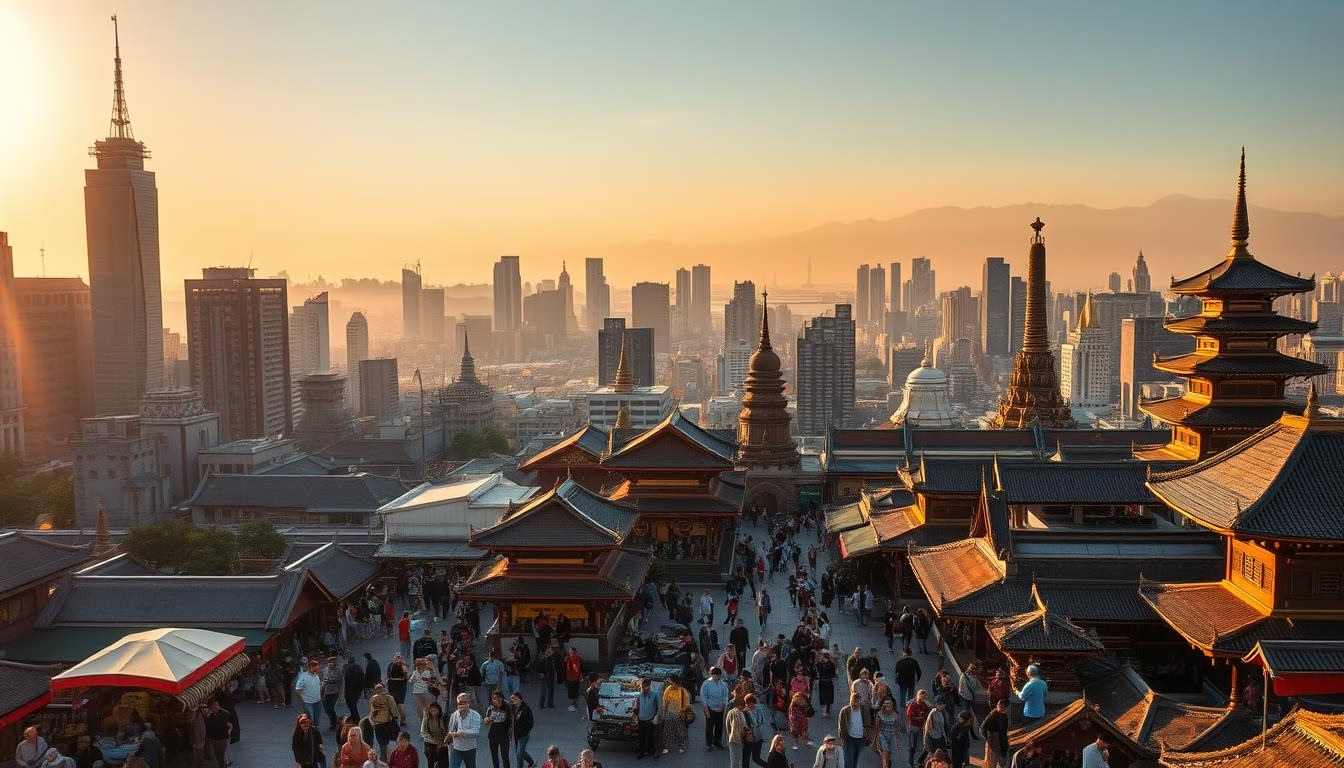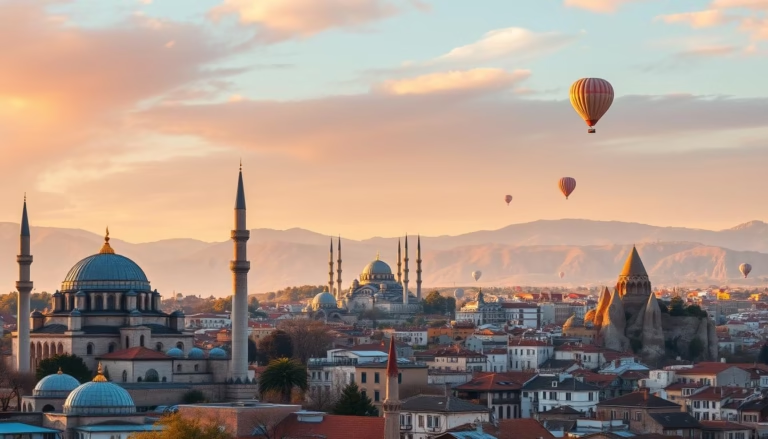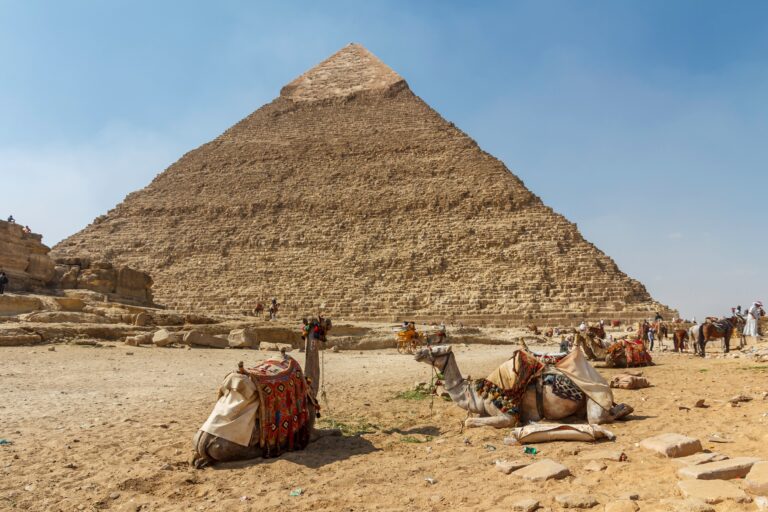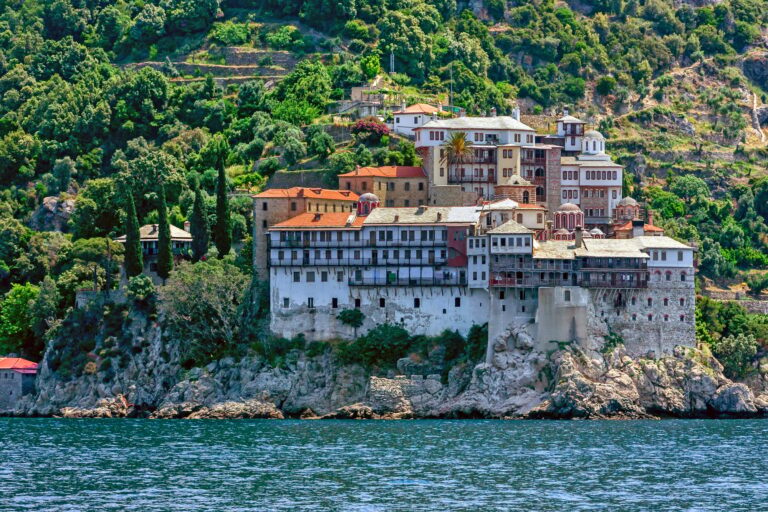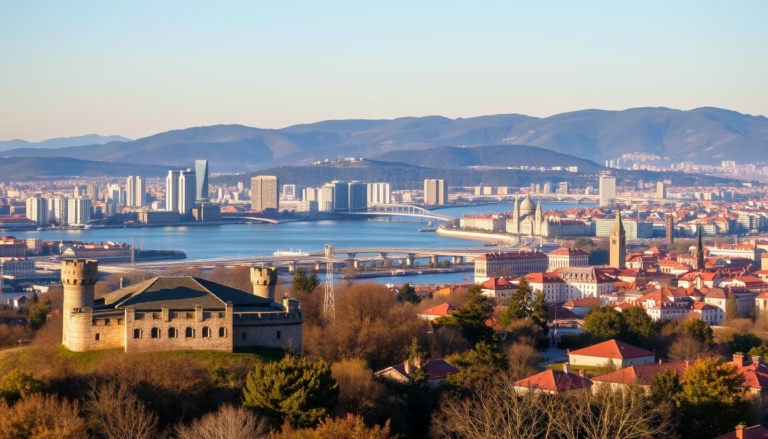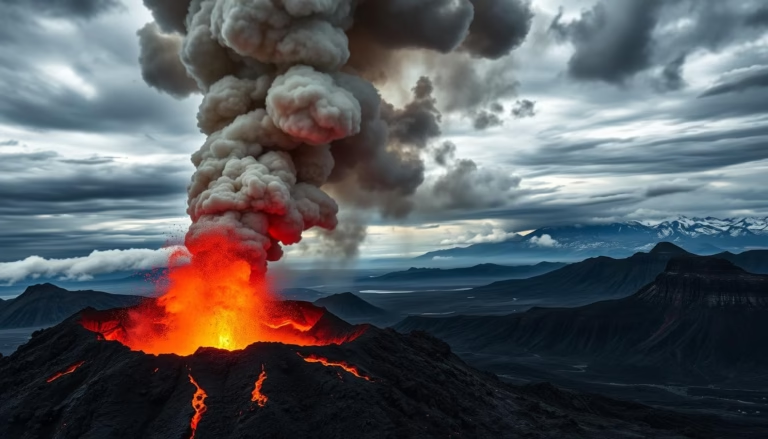Best Cities to Visit in Asia: Travel Guide & Tips
Did you know Asia contains over 50 UNESCO World Heritage Sites—more than any other continent? This sprawling region blends ancient traditions with futuristic innovation, offering travelers a sensory overload of flavors, landscapes, and cultural treasures.
From neon-lit skylines in Tokyo to emerald rice terraces in Bali, this guide uncovers destinations that cater to every travel style. Whether you crave street food adventures in Bangkok’s buzzing markets or peaceful temple visits in Kyoto, we’ve curated actionable tips from years of exploring the continent.
You’ll learn how to navigate chaotic bazaars, find hidden beaches, and choose accommodations that match your budget. We focus on authentic experiences, like learning traditional crafts in Hanoi or joining tea ceremonies in Shanghai. Each recommendation balances iconic landmarks with local secrets.
Key Takeaways
- Asia offers diverse destinations, from high-energy urban hubs to tranquil nature retreats
- Insider knowledge helps travelers avoid crowds and discover authentic cultural experiences
- Practical advice covers transportation, seasonal considerations, and budget planning
- Unique activities range from street food tours to UNESCO site explorations
- Accommodation suggestions cater to luxury seekers and backpackers alike
Introduction: Discover the Wonders of Asia
Spanning over 17 million square miles, Asia offers endless adventures where ancient traditions meet cutting-edge innovation. This vast continent serves as a living museum of human civilization while pioneering futuristic urban design. Whether you’re drawn to Saudi Arabia’s 900-year-old mudbrick villages or Bali’s palm-fringed shores, every journey here tells a unique story.
Cultural contrasts define the region. Imagine soaking in Istanbul’s historic hammams at dawn and meditating in Cambodia’s Angkor Wat complex by dusk. The culinary scene shifts just as dramatically—bite into Kuala Lumpur’s fiery satay skewers one day, then savor Hong Kong’s Michelin-starred dim sum the next.
“Asia constantly surprises you. One day you’re bargaining in a 13th-century market, the next you’re riding a bullet train through neon-lit cities.”
History buffs will marvel at over 50 UNESCO sites, including China’s Great Wall and India’s Taj Mahal. Yet modern wonders like Singapore’s Supertree Grove prove the continent never stops evolving. This blend creates trips that satisfy both luxury seekers and budget-conscious explorers.
| Region | Cultural Highlight | Culinary Specialty | Historical Feature |
|---|---|---|---|
| Middle East | Ancient villages | Turkish coffee rituals | UNESCO trade routes |
| Southeast Asia | Floating markets | Malaysian laksa soup | Angkor temples |
| East Asia | Tea ceremonies | Japanese kaiseki | Forbidden City |
Wellness retreats in Thailand’s jungles and Dubai’s skyscraper hotels show how the region caters to all travel styles. Seasonal festivals like India’s Holi or Japan’s cherry blossom celebrations add bursts of color to any itinerary.
Top Destinations in Asia for Culture and History
Asia’s cultural treasures tell stories older than written history. Where crumbling temples whisper ancient secrets and vibrant traditions thrive in modern communities, travelers find immersive journeys through time.
Ancient Cities and Timeless Landmarks
Siem Reap remains the crown jewel for explorers. This Cambodian town leads to Angkor Wat, a 12th-century marvel that transitioned from Hindu shrine to Buddhist sanctuary. Its sprawling complex reveals the Khmer Empire’s architectural genius through intricate carvings reflecting celestial myths.
Further west, Jordan’s Petra astounds with sandstone cliffs hiding 7,000-year-old tombs. Visitors walk the Siq canyon to discover the Treasury, immortalized in films yet more breathtaking in person. Myanmar’s Bagan plains host over 2,200 pagodas—sunrise hot-air balloon rides showcase their golden spires piercing morning mist.
UNESCO World Heritage Sites
Malaysia’s George Town blends colonial charm with street art masterpieces. Wander past pastel shophouses where Chinese lanterns sway above Portuguese-influenced churches. For deeper history and culture across the continent, these protected sites connect past and present.
From Japan’s sacred Mount Fuji to India’s Ajanta Caves, UNESCO designations preserve humanity’s shared legacy. Local guides often share untold stories—like how Angkor’s reservoirs once irrigated rice fields for millions. Each visit supports ongoing preservation efforts while offering unforgettable encounters with antiquity.
Overview: best cities to visit in asia
Asia’s most captivating urban centers thrive where heritage shakes hands with innovation. Having explored nearly 15 countries—from Saudi Arabia’s mudbrick villages to Vietnam’s lantern-lit alleys—I’ve learned great destinations reveal cultural layers through everyday moments. Markets sizzling with street food, artisans practicing centuries-old crafts, and neighborhoods where skyscrapers frame ancient shrines define these living mosaics.
What Makes a City Stand Out
Our selection prioritizes places offering authentic interactions alongside modern comforts. Can travelers easily navigate public transit? Does the accommodation range from hostels to boutique hotels? We favor spots like Kyoto, where geisha traditions coexist with tech-forward conveniences, or Hoi An’s tailor shops that preserve ancestral skills while catering to global visitors.
Lessons From the Road
Living in Riyadh taught me the warmth of Arabian hospitality, while Bangkok’s Chao Phraya River showed how waterways shape a city’s soul. Istanbul’s Galata Bridge—where fishermen cast lines as ferries glide between continents—exemplifies destinations bridging divides. These experiences prove the best journeys happen when you embrace a place’s rhythm rather than just ticking off sights.
Whether sipping cardamom coffee in a Damascene courtyard or marveling at Singapore’s vertical gardens, Asia’s urban wonders remind us that every city is a living storybook. The key? Let local rhythms guide your exploration.
Navigating Asian Culinary Experiences
Asia’s food culture delivers a sensory journey where sizzling woks perfume narrow alleys and family recipes tell stories older than skyscrapers. Every bite reveals regional histories—spice routes in Malaysia’s curries, royal banquet traditions in Vietnam’s soups, and fishing village legacies in Japan’s sushi counters.
Street Food Highlights
Bangkok’s sidewalk stalls serve pad thai wrapped in banana leaves and mango sticky rice drizzled with coconut cream. Join evening tours to taste grilled prawns from floating markets or crispy insects at Chatuchak. For deeper cultural context, vendors often explain how their great-grandparents perfected these recipes.
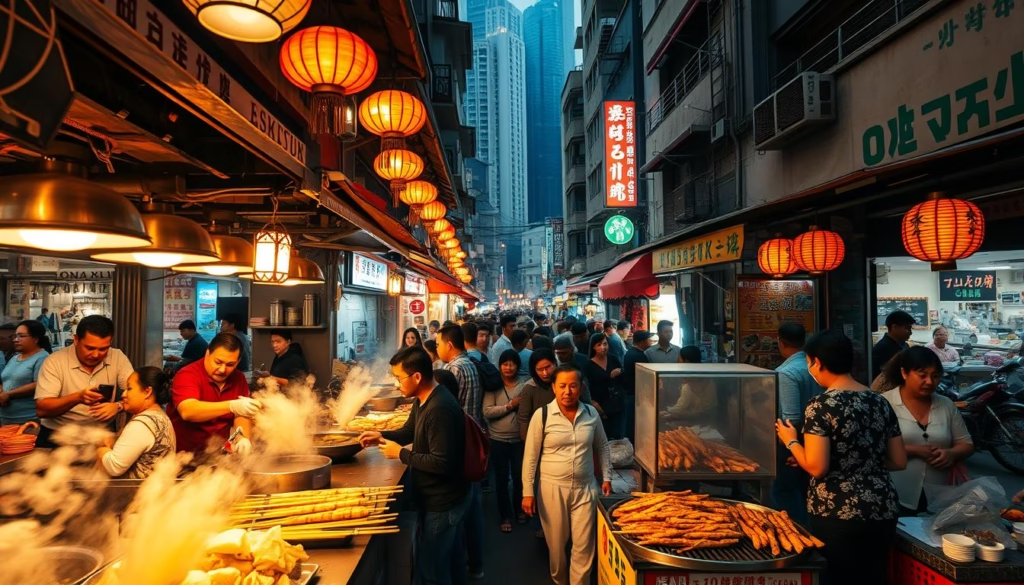
George Town’s hawker centers blend Chinese wok hei mastery with Indian spice blends. Don’t miss char kway teow—smoky flat noodles tossed in pork lard—or Nyonya desserts like ondeh-ondeh. Hoi An’s lantern-lit streets offer cao lau noodles, made with water from ancient Cham wells for unique chewiness.
Fine Dining and Local Restaurants
Malacca’s Jonker Street Night Market bursts with Peranakan fusion dishes every weekend. Try pineapple tarts and chicken rice balls while watching live cultural performances. Upscale restaurants across the region reinterpret classics—think Kyoto kaiseki courses featuring edible cherry blossoms or Bangkok’s molecular tom yum soup.
From $1 satay sticks to Michelin-starred dim sum, Asia’s culinary landscape proves flavor needs no translation. Local chefs now lead global trends while preserving ancestral techniques—a delicious balance of innovation and tradition.
Diverse Cityscapes: Modernity Meets Tradition
Asia’s urban landscapes tell stories of progress through steel and stone. Three destinations stand out for balancing tomorrow’s ambitions with yesterday’s soul—Singapore’s sci-fi gardens, Istanbul’s continental crossroads, and Kuala Lumpur’s cultural cocktail.
Where Innovation Honors Heritage
Singapore redefines urban living with solar-powered Supertrees towering over tropical gardens. The Marina Bay Sands complex showcases engineering marvels, while conserved shophouses in Chinatown whisper tales of 19th-century traders.
Istanbul remains the only city in the world straddling two continents. Byzantine mosaics glow beneath the Hagia Sophia’s dome, while modern cafes along the Bosphorus serve Turkish coffee with skyline views.
| City | Modern Icon | Historic Treasure | Cultural Blend |
|---|---|---|---|
| Singapore | Gardens by the Bay | Raffles Hotel | Peranakan shophouses |
| Istanbul | Galata Tower | Topkapi Palace | Ottanium-style galleries |
| Kuala Lumpur | Petronas Towers | Batu Caves | Jamek Mosque |
Malaysia’s capital thrives between glass skyscrapers and limestone caves. The Petronas Towers’ twin spires pierce clouds by day, while night markets near Sultan Abdul Samad Building buzz with satay aromas.
These urban hubs prove technology and tradition aren’t rivals. From Istanbul’s Grand Bazaar haggling to Singapore’s robot bartenders, daily life becomes an adventure where past and future shake hands.
Highlights from Southeast Asia
Southeast Asia thrums with energy where ancient traditions dance with modern lifestyles. Thailand and Vietnam anchor this dynamic region, offering distinct flavors of adventure. Let’s explore urban gems that balance cultural depth with unforgettable experiences.
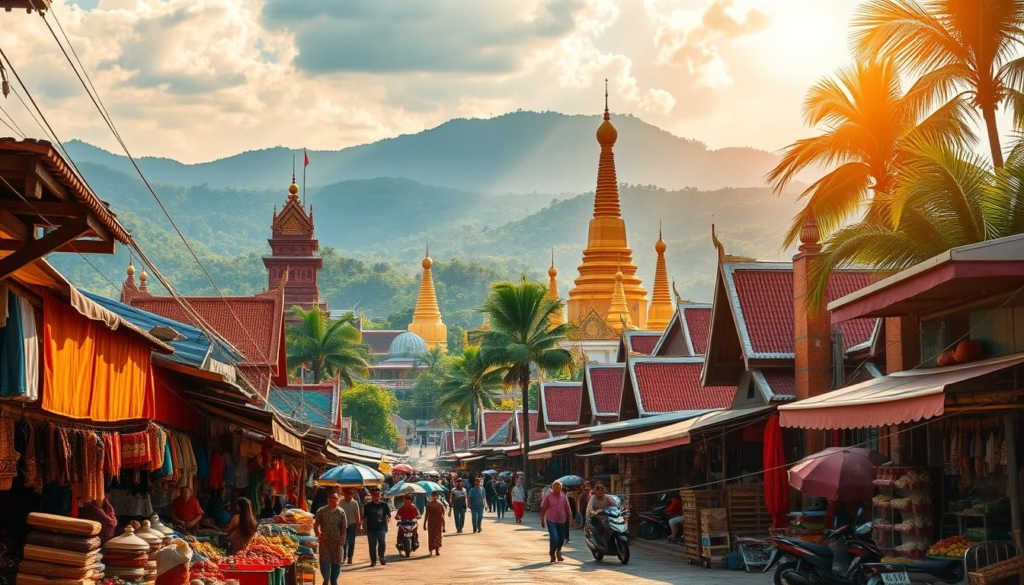
Vibrant Urban Centers and Hidden Gems
Bangkok’s electric chaos makes it Southeast Asia’s ultimate gateway. Skytrains whisk travelers between golden temples and night markets sizzling with tom yum soup. Just a short flight north, Chiang Mai swaps skyscrapers for misty mountains. Here, ethical elephant sanctuaries and 700-year-old Buddhist temples create a slower pace.
Vietnam’s lantern-lit Hoi An steals hearts with its UNESCO-protected Old Quarter. Local tailors craft custom silk dresses in 24 hours—perfect souvenirs. For raw adventure, Ha Giang’s motorcycle loops reveal terraced rice fields and ethnic Hmong villages along the Chinese border.
| City | Unique Feature | Must-Try Experience | Travel Tip |
|---|---|---|---|
| Bangkok | 24/7 street food scene | Wat Arun sunset visit | Use Grab app for taxis |
| Chiang Mai | Mountainous landscapes | Doi Suthep temple hike | Visit November-February |
| Hoi An | Tailored clothing | Lantern boat ride | Bargain at cloth markets |
| Ha Giang | Motorbike routes | Ma Pi Leng Pass views | Hire local guides |
These destinations showcase Southeast Asia’s magic—places where every turn reveals new flavors, textures, and stories. Whether sipping Vietnamese egg coffee or learning Thai fruit carving, immersion comes naturally here.
Island Getaways and Coastal Retreats
Asia’s shimmering coastlines hold secrets beyond crowded resorts—hidden gems where time slows and nature commands attention. These destinations prove paradise isn’t lost, just waiting to be discovered by travelers seeking both relaxation and adventure.
Serene Beach Escapes
Gili Air redefines simplicity. No cars rumble here—just bicycles and horse carts navigating sandy paths. Walk the entire island in 20 minutes, pausing at beachfront cafes serving fresh coconut ceviche. As the sun dips, fire pits light up at rustic-chic beach clubs.
Thailand’s west coast shelters Koh Lanta, where turquoise waves kiss untouched shores. Family-run bungalows dot the shoreline, far from chain hotels. Snorkel vibrant reefs by day, then feast on spicy papaya salads at driftwood tables.
Bali’s quieter siblings, Nusa Lembongan and Ceningan, charm with clifftop views. Cross a yellow bridge connecting the two islands for beach clubs with infinity pools overlooking crashing surf. Locals here still fish using traditional jukung boats, preserving a rhythm unchanged for generations.
These havens, celebrated in recent travel awards, offer more than picturesque views. They invite you to trade itineraries for hammock naps and reconnect with life’s gentle cadence.
